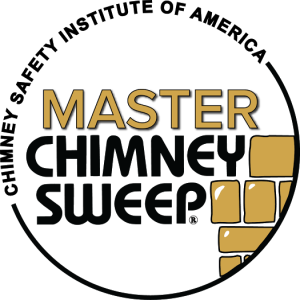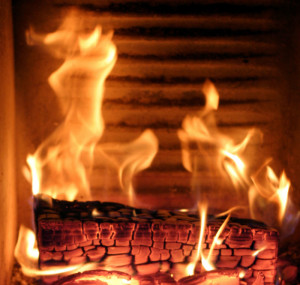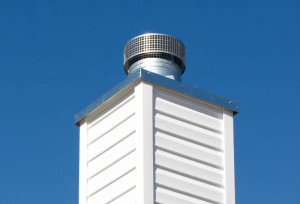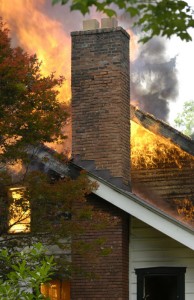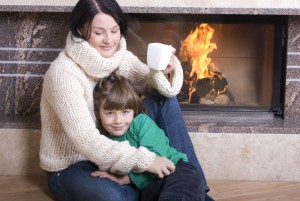CSIA Expands its Certification Offerings with New Master Sweep Credential
Indianapolis, IND – During the 2016 National Chimney Sweep Guild Convention held in Orlando, FL, the Chimney Safety Institute of America (CSIA) announced the addition of the Master Chimney Sweep designation to its current line of nationally-recognized credentials.
The Master Sweep credential represents the highest level of educational and ethical achievement in the chimney sweeping industry. In contrast to the Certified Chimney Sweep credential, which is awarded solely on meeting certain educational requirements, the Master Chimney Sweep will be awarded through an application and vetting process conducted by the CSIA Board of Directors. Among other requirements, Master Sweep applicants must be current CSIA Certified Chimney Sweeps who have held that credential for at least ten years.
CSIA Board President, Mark Stoner, makes it clear that earning the Master Chimney Sweep credential is more a privilege than a right. “This credential identifies the best of the best”, said Stoner, “the individuals hand-selected for this honor have consistently proven themselves in the industry and have truly gone above and beyond in their efforts to stay at the top of their field.”
As part of the surprise announcement, the Master Sweep credential was awarded to two individuals: John Pilger of Smithtown, New York, and Dennis Dobbs of Fort Payne, Alabama.
For additional information regarding the Master Sweep credential, including requirements for application, please email the CSIA at office@csia.org.

